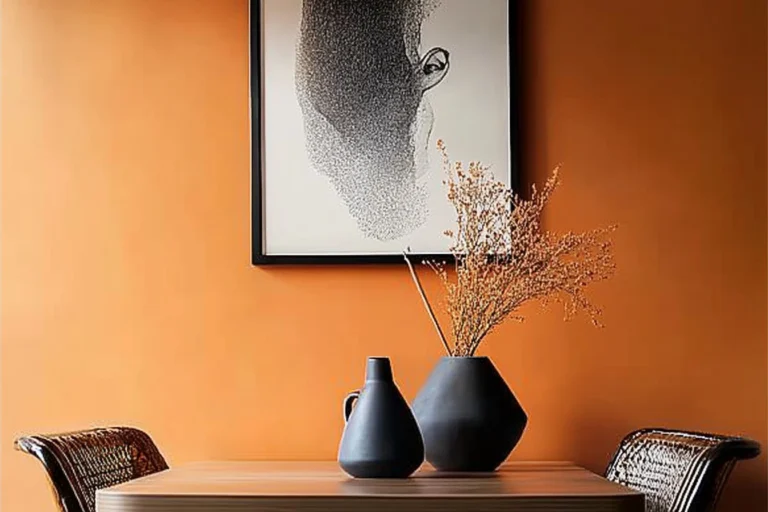6 Dining Room Paint Colors Designers Recommend You Skip — And What to Choose Instead
One of the key factors in creating a mood and atmosphere when decorating your dining room is color selection. And while a few of those colors turn out to be pretty cursed, most are unpopular choices based on the opinions of design pros. Read on for six dining room wall color choices that designers almost always avoid—and some tips to help you navigate a path around the worst of them.
1. Bright Red
Why to Avoid:
Red of this shade can feel overpowering, and even confrontational at times — not the perfect dining room disposition where you want to relax over a long meal with friends. It also causes you to feel more anxious or uncomfortable.
Alternative:
Lean into deep burgundy or a rich terracotta. Crimson is an excellent color when you want a rich, alluring aesthetic; even then crimson reads darker and more refined than primary red.
2. Neon Shades
Why to Avoid:
Dining is a more professional and spicy ocher shade may be what you want to stick withUILayoutView:]. Neon palates feel abrasive, wrong even. They can even be stress-inducing, counteracting what perhaps a glass of wine with dinner is supposed to accomplish.
Alternative:
Choose matte soft pastels or dusty jewel tones. These colors bring a hint of personality without being overpowering.
3. All White
Why to Avoid:
A white on white space may look fresh and contemporary but it can feel sterile, cold. Your dining room will feel cold with a lack of several elements to cut through the drab feeling.
Alternative:
Enhance the warmth with creamy off-whites or very light beiges . The warm neutrals offer as much light, but with an added depth that reads cozy.
4. Chartreuse
Why to Avoid:
Chartreuse is a bold color that mismatches with most furnishings. We also happen to think this color can eat up a lot of real estate and detract from your dining experience.
Alternative:
Try sage or mud-olive in place of chartreuse. And you know what these earthy colors bring that adds peace yet still chic and modern.
5. Dark Brown
Why to Avoid:
While dark brown looks classy, it also results in smaller and duller spaces. This color tends to reflect little light and can dull any mood.
Alternative:
Try a rich caramel or taupe. These colors provide brown but in a way that doesn't close up the room or make it seem less light and airy.
6. Harsh Purple
Why to Avoid:
On the other hand, overly bold and bright purples could create too stimulating of an environment that may make shared meals or gatherings more unsettling instead.
Alternative:
You can opt for softer shades such as Lavender or Muted Plum. The treat comes with a little bit of color, yet it is still soothed and refined.
Conclusion
The Best Paint Color For Dining Room Improvements The right paint color can make the dining room a more inviting, spacious and enjoyable place. You should ensure that the dining room is well styled and comfortable for you, to your guests as some color are overly bright or too dark… so opt-in for a softer more inviting one Unlock colors, infuse it in your dining and things will definitely change for the best!

